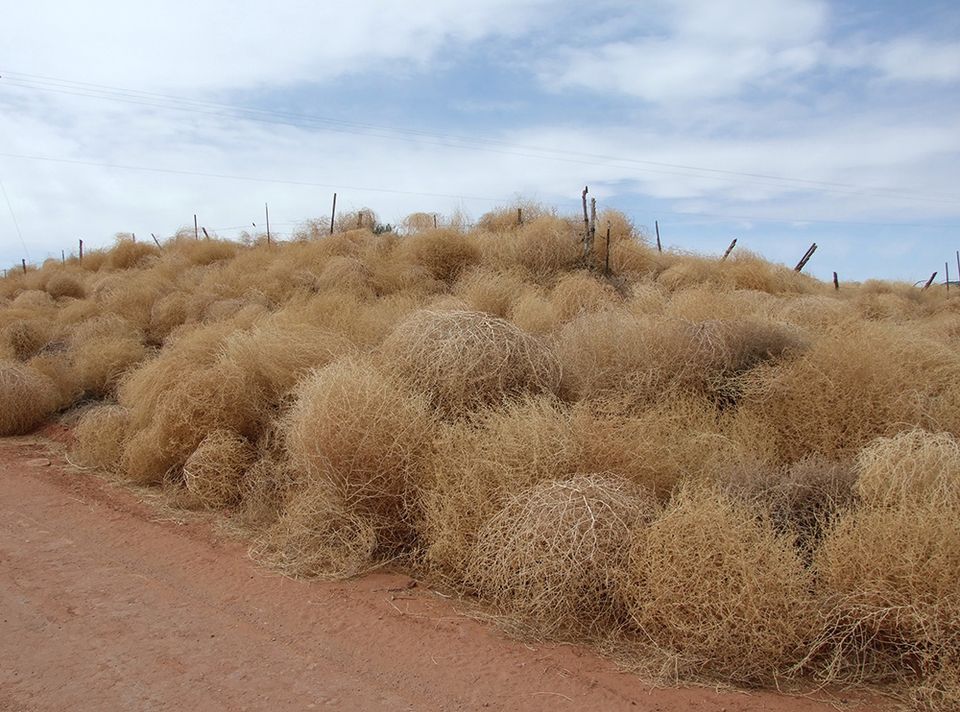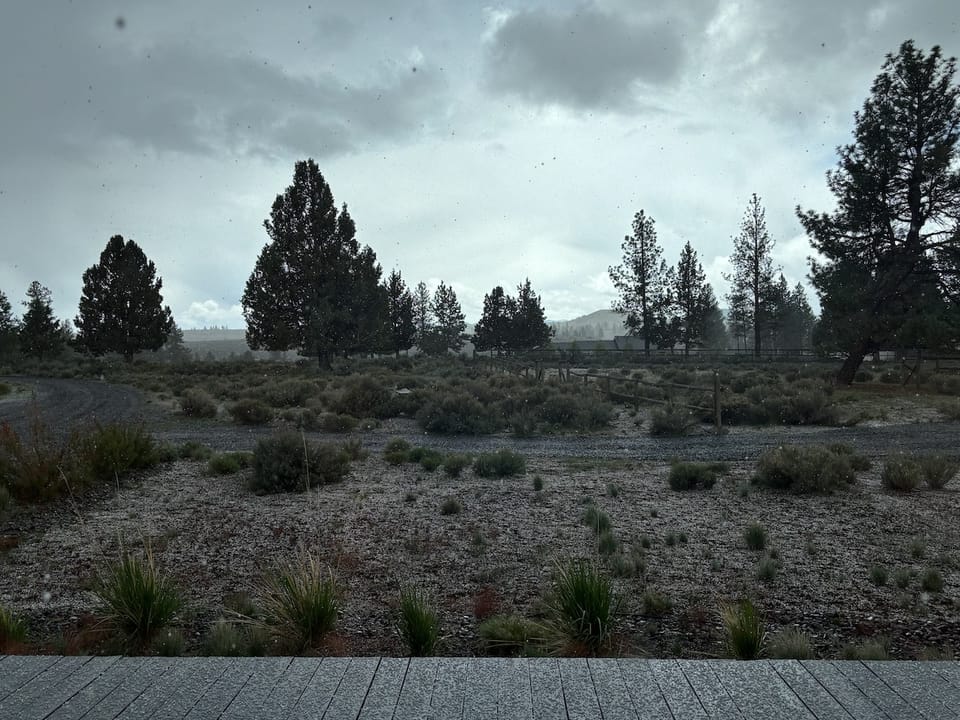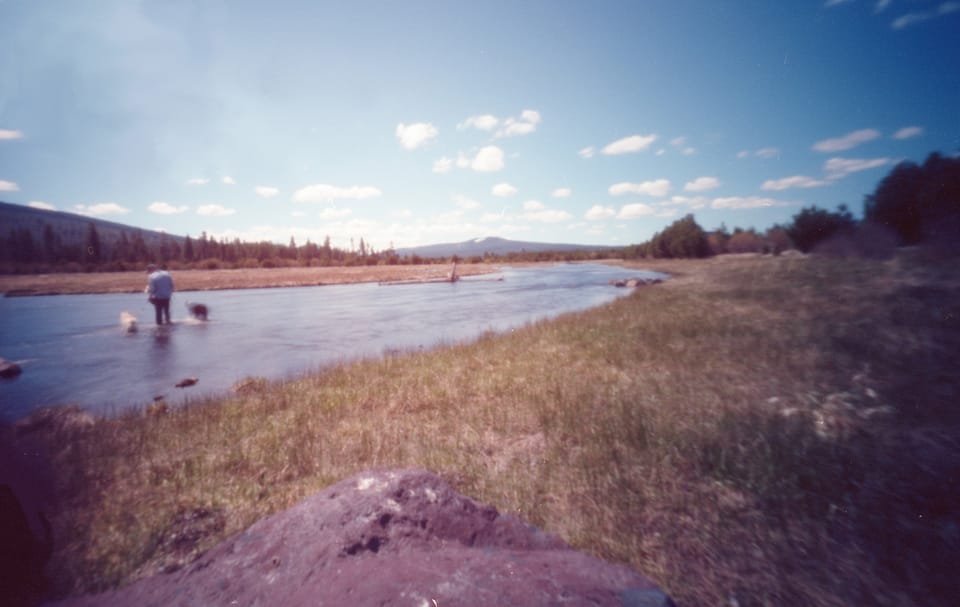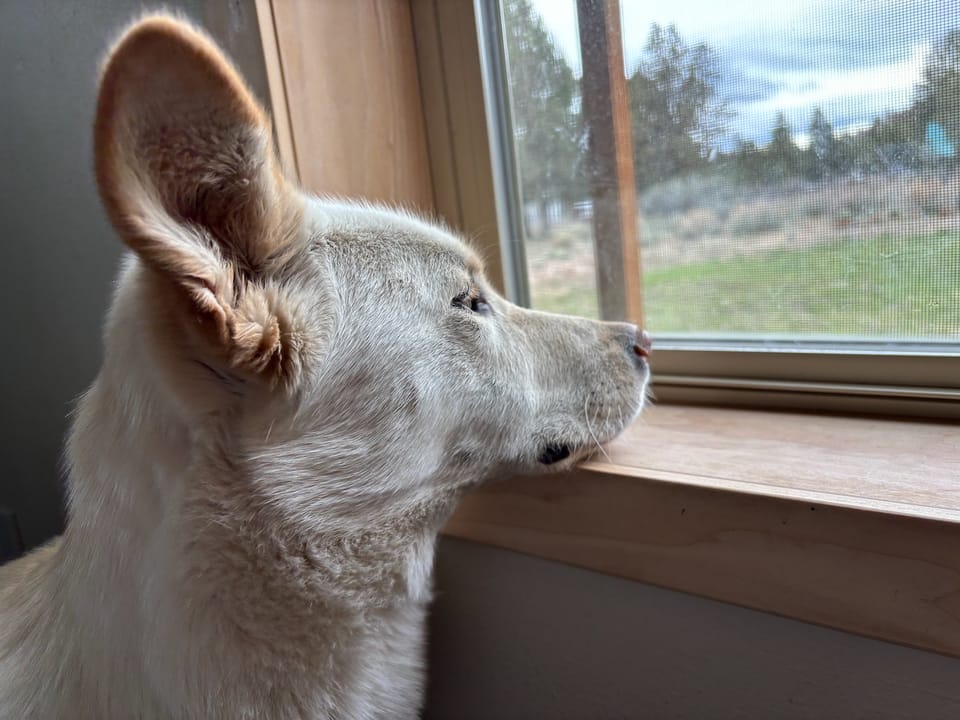Actually the desiccated carcasses of an invasive species, commonly known as Russian Thistle, tumbleweeds rolling across the open desert are as iconic as it gets. But those weeds can’t tumble forever!
Years ago I thought it would be an amazing fake business to offer Tumbleweed Tours. Tourists could travel to the most impressive gathering spots of tumbleweeds in the west, and marvel at the spectacle that is the tumbleweed en masse. We would travel the dirt roads where they have crashed up against fences and hike to gullies that are filled to the rim. Go where the tumbleweeds are so tangled up with each other they can no longer tumble. I am not sure if I would drive the tour bus or just supply a map, but part of me thinks it could actually work. I may have bought the web domain.
I’ve also pitched a video game to a game designer, where tumbleweeds dodge cars as they are blown across the highway, and try to hop guardrails and fences to freedom. She was politely encouraging, but didn’t really take the bait. “Who is the hero?” she wanted to know, which made me realize I didn’t know anything about video games.
Now, however, in a story almost anyone who is paying attention could have predicted, tumbleweeds have invaded the suburbs! The images of these suburbs are of houses and neighborhoods so cookie cutter and soulless (no offense Victorville) that it is easy to imagine what they will look like in a post-apocalyptic future, when the homes are abandoned and tumbleweeds don’t get cleaned up by city workers. Survivors wandering the earth will have to hack through mountains of scratchy, dense tumbleweeds to find the stores of canned goods within.
If you think about it, suburbs are the perfect collectors for tumbleweeds. There is a poetry in sprawling subdivisions built without much consideration for conservation, natural resources, creativity, or thought being swallowed by the prickly husks of a thriving invasive species. Not that I don’t enjoy watching tumbleweeds as they journey with the wind, bouncing across asphalt and flat expanses, landing in gullies and against fences. The explosion of one into a thousand straw colored fragments upon impact with a car is always cause for high-fives.
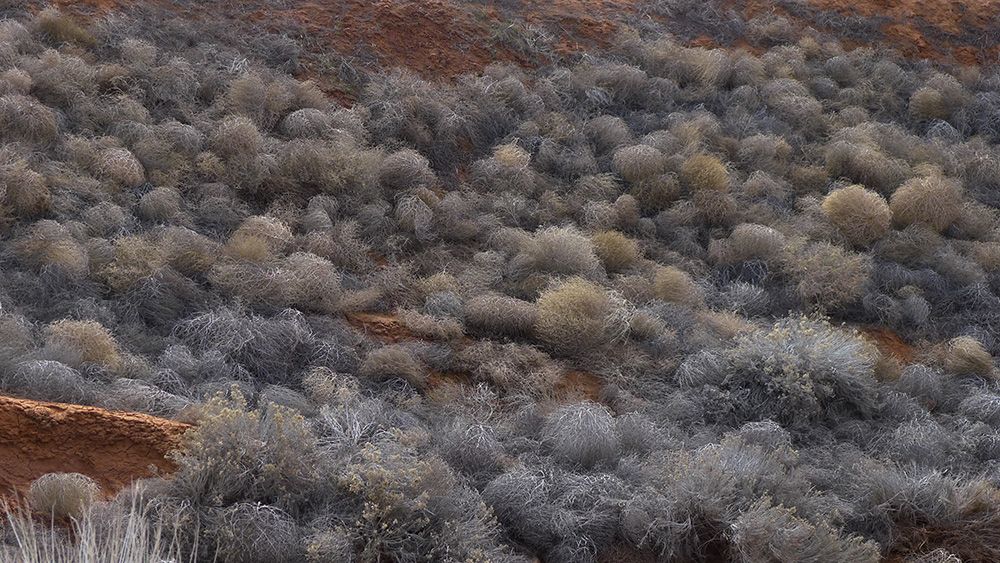
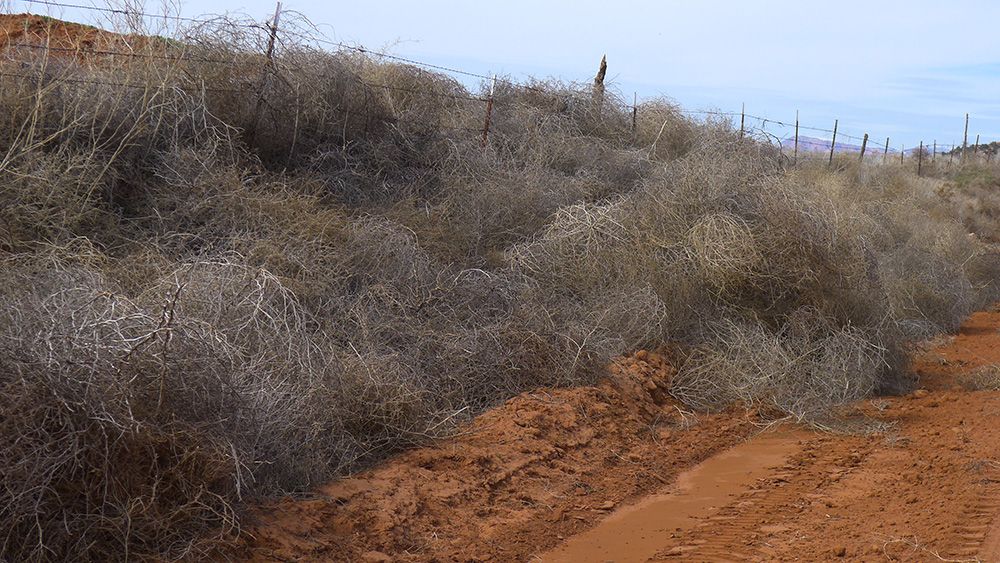
The future is bright for the tumbleweed. Animals typically won’t eat them. They grow, dry out, and spread their seeds as they roll around. Climate change will blow them further and more human-made structures will enable them to pile higher into tangled crusts, creating house-shaped suburban ghost towns.
They symbolize vastness and solitude in a wide open land, the sound of wind and lonely guitar chords as their soundtrack. But they are only free until they are not. Maybe the time is ripe for Tumbleweed Tours, after all.


